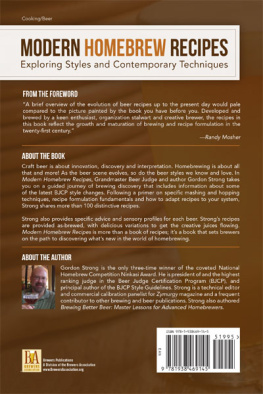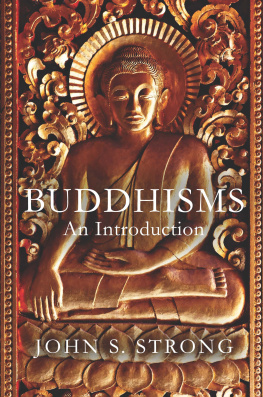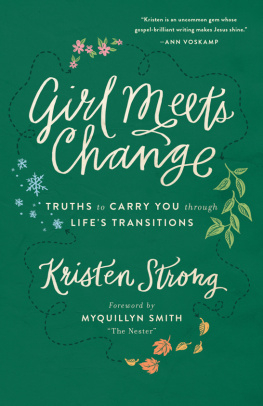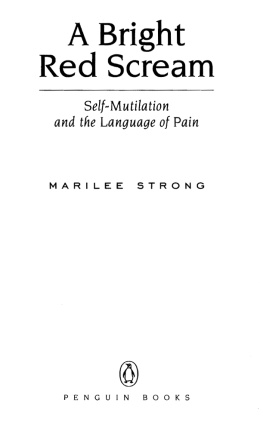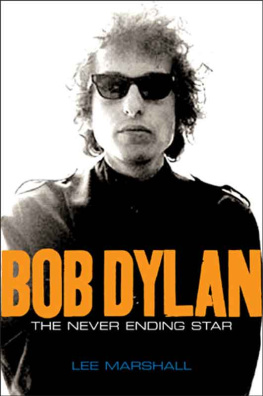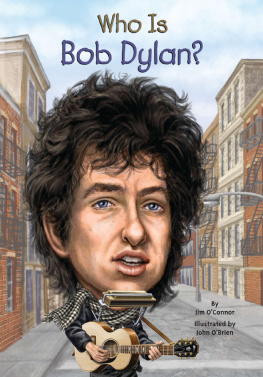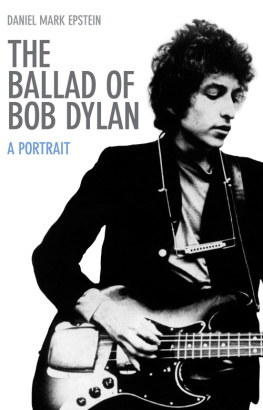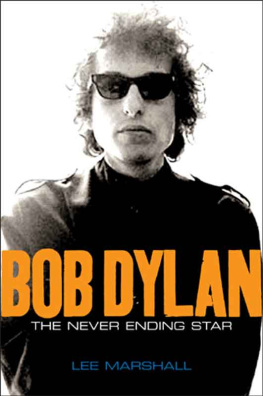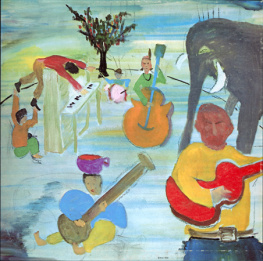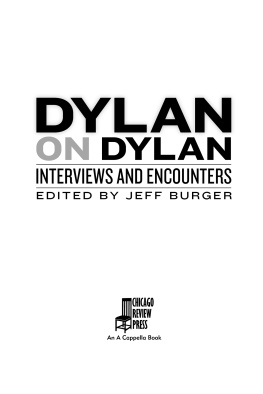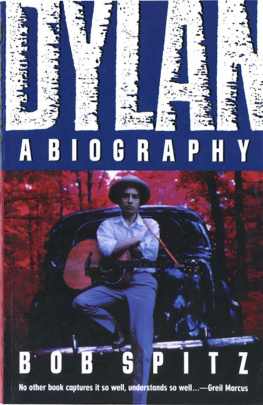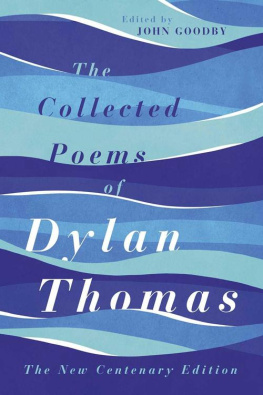Strong - Bob Dylan
Here you can read online Strong - Bob Dylan full text of the book (entire story) in english for free. Download pdf and epub, get meaning, cover and reviews about this ebook. City: New York, year: 2012, publisher: Birlinn, genre: Detective and thriller. Description of the work, (preface) as well as reviews are available. Best literature library LitArk.com created for fans of good reading and offers a wide selection of genres:
Romance novel
Science fiction
Adventure
Detective
Science
History
Home and family
Prose
Art
Politics
Computer
Non-fiction
Religion
Business
Children
Humor
Choose a favorite category and find really read worthwhile books. Enjoy immersion in the world of imagination, feel the emotions of the characters or learn something new for yourself, make an fascinating discovery.
- Book:Bob Dylan
- Author:
- Publisher:Birlinn
- Genre:
- Year:2012
- City:New York
- Rating:3 / 5
- Favourites:Add to favourites
- Your mark:
- 60
- 1
- 2
- 3
- 4
- 5
Bob Dylan: summary, description and annotation
We offer to read an annotation, description, summary or preface (depends on what the author of the book "Bob Dylan" wrote himself). If you haven't found the necessary information about the book — write in the comments, we will try to find it.
Bob Dylan — read online for free the complete book (whole text) full work
Below is the text of the book, divided by pages. System saving the place of the last page read, allows you to conveniently read the book "Bob Dylan" online for free, without having to search again every time where you left off. Put a bookmark, and you can go to the page where you finished reading at any time.
Font size:
Interval:
Bookmark:
This ebook edition published in 2011 by
Birlinn Limited
West Newington House
Newington Road
Edinburgh
EH9 1QS
www.birlinn.co.uk
Copyright Martin Strong, 2011
Extracted from The Great Folk Discography, Volume One by Martin Strong
First published by Birlinn Ltd in 2010
The moral right of Martin Strong to be identified as the author of this work has been asserted by him in accordance with the Copyright, Designs and Patents Act 1988
All rights reserved. No part of this publication may be reproduced, stored or transmitted in any form without the express written permission of the publisher.
ebook ISBN: 978-0-85790-167-5
British Library Cataloguing-in-Publication Data
A catalogue record for this book is available from the British Library
BOB DYLAN
ONE of the founding fathers of modern popular music, Bob Dylan is quite probably the most talented, most misunderstood, most covered, and certainly the most written-about songwriter and performer in recent history. His early work inspired the Beatles and furnished many songs for the Byrds, while his politicised folk and flights of poetic genius gave voice to the fledgling counter-culture. Famously booed by outraged luddites when he swapped his acoustic guitar for a Fender Stratocaster, Dylan courted controversy as casually as he wooed the gypsy women in his songs. His mid-1960s albums set the bar before he went into seclusion up in Woodstock, New York, emerging in the following decade with arguably the best work of his career.
Robert Allen Zimmerman (to state his birth and given names) was born on May 24, 1941 in Duluth, Minnesota, and from the age of six was raised in nearby Hibbing, where he was taught guitar and harmonica. Inspired by a host of folk, blues and country luminaries including Woody Guthrie, Jesse Fuller and Hank Williams, he left the University of Minnesota at the beginning of the 1960s, changing his name to Bob Dylan. (That was inspired, according to which version of the story you prefer, by either the poet Dylan Thomas or Marshal Matt Dillon, hero of the TV western series Gunsmoke. In a 2004 TV interview for CBS, Dylan enigmatically put his new name down to destiny.)
Dylan moved to New York, where he almost immediately impressed the folk hierarchy of Greenwich Village; he played his first gig at Gerdes Folk City, supporting John Lee Hooker, on April 11, 1961. Harmonica session work for singer Carolyn Hester followed, and her label, Columbia Records, signed him in October 1961 through A&R man John Hammond. His rugged aura and his love of the dying Guthrie, whom he would regularly visit in hospital, signified a true folk spirit.
His debut album, BOB DYLAN (1962) {*8} (rated 8 stars out of ten), made few waves outside the insular folk scene at the time, although his live work attracted critical attention; Robert Shelton, of the New York Times, was an early patron. The record showed Bob at his most organic and angst-ridden, although there was room for only two worthy originals, Talkin New York and the poignant Song To Woody. Before Dylans recordings, not many people had heard traditional folk-blues fare such as In My Time Of Dyin (certainly not Led Zeppelin), House Of The Risin Sun (Josh White was the inspiration for the Animals chart-topper), or the likes of Blind Lemon Jeffersons See That My Grave Is Kept Clean, the Rev. Gary Daviss Baby, Let Me Follow You Down, Jesse Fullers Youre No Good, Bukka Whites Fixin To Die and Curtis Joness Highway 51 Blues. The more folk-orientated Man Of Constant Sorrow and Pretty Peggy-O and Jimmie Rodgerss Freight Train Blues were also featured, but not his first 45, Corrina, Corrina, which found its way on to his next set.
On the back of this considerable debut, he unleashed THE FREEWHEELIN BOB DYLAN (1963) {*10}, and after Peter, Paul & Mary lifted a million-seller from it in Blowin In The Wind, the album sold well enough to give him a US Top 30 entry. The record also saw a pronounced development in Dylans songwriting on tracks like the cutting Masters Of War, Oxford Town, A Hard Rains A-Gonna Fall, Dont Think Twice, Its All Right and Talking World World III Blues. While his untrained, nasal vocals could be something of an acquired taste, his voice communicated the lyrics in a way that lent them greater depth and resonance. In Britain the LP entered the charts in May 1964 and, after initially peaking at No.16, reached No.1 a year later.
Dylan really hit his stride with THE TIMES THEY ARE A-CHANGIN (1964) {*9}, the album that contains his most pointed protest writing. On subsequent albums Dylan would shy away from direct messages like those of Only A Pawn In Their Game, which pitied the dirt-poor Southern whites deceived into hating their black neighbours, and With God On Our Side, a rueful comment on the unholy alliance between gung-ho patriotism and religion. The Lonesome Death Of Hattie Carroll and Ballad Of Hollis Brown levelled their fire against social injustice, but also expressed a profound human sympathy with its individual victims that raised the songs far above the level of mere anti-Establishment rants.
ANOTHER SIDE OF BOB DYLAN (1964) {*9} was contrastingly personal in tone, I Dont Believe You and It Aint Me, Babe venting Dylans spleen on matters of the heart rather than the soapbox. The lyrics also began to assume an air of enigmatic suggestiveness, My Back Pages and Chimes Of Freedom employing striking, lucid imagery that the Byrds would later complement with their chiming, incandescent guitars and ringing harmonies.
Influenced by the British R&B boom and by the Beatles, Dylan stunned folk purists with the half-electric/half-acoustic BRINGING IT ALL BACK HOME (1965) {*9}. The newly plugged-in Dylan was a revelation, and songs like Maggies Farm and the stream-of-consciousness Subterranean Homesick Blues influenced in their turn the bands from whom he had taken his cue. The acoustic tracks on the second side, such as Mr Tambourine Man and Its All Over Now, Baby Blue, rank among Dylans finest, the former giving the Byrds their breakthrough hit.
While the folk faithful booed Dylan at that summers Newport Festival, he wowed the rock world with the masterful Like A Rolling Stone single and followed it up with the seminal HIGHWAY 61 REVISITED (1965) {*10}. A free-flowing hybrid of blues, folk and R&B backed by such esteemed musicians as Al Kooper, Mike Bloomfield, Charley McCoy and Paul Griffin, rock music had never been graced with such complex, expansive lyrics, evident
on so many classics ranging from It Takes A Lot To Laugh, It Takes A Train To Cry and Just Like Tom Thumbs Blues to the 11-minute finale, Desolation Row. Although it irked many of the purists, many new Dylan fans were attracted by garage-rock cuts like From A Buick 6, Tombstone Blues and the rollicking title track.
During the same years solo, all-acoustic UK tour Dylan was the subject of D.A. Pennebakers acclaimed documentary film Dont Look Back (released in 1967), which mixed tantalising performance clips with backstage, hotel-room and press-conference footage that captured the singers razor-sharp hipness and glacial cool. Donovan, Joan Baez, Derroll Adams and an anonymous science student were among the innocent bystanders.
Backed by members of the Hawks (who had supported him on his 1966 tour and who later became the Band) plus a posse of crack Nashville session men, Dylan recorded another rock milestone in BLONDE ON BLONDE (1966) {*10}. A 14-track double LP that absorbed new influences from the burgeoning country-rock establishment (Hawks guitarist Robbie Robertson had replaced Bloomfield), it overflowed with sheer classics such as Rainy Day Women # 12 & 35, Just Like A Woman, I Want You, Stuck Inside Of Mobile With The Memphis Blues Again, Most Likely You Go Your Way (And Ill Go Mine), One Of Us Must Know (Sooner or Later) and Leopard-Skin Pill-Box Hat. Visions Of Johanna was Dylan at his most lysergic, casting surreal lyrical spells with hypnotic ease, and the side-long finale, Sad Eyed Lady Of The Lowlands, was his tribute to his new wife, Sara.
Next pageFont size:
Interval:
Bookmark:
Similar books «Bob Dylan»
Look at similar books to Bob Dylan. We have selected literature similar in name and meaning in the hope of providing readers with more options to find new, interesting, not yet read works.
Discussion, reviews of the book Bob Dylan and just readers' own opinions. Leave your comments, write what you think about the work, its meaning or the main characters. Specify what exactly you liked and what you didn't like, and why you think so.



